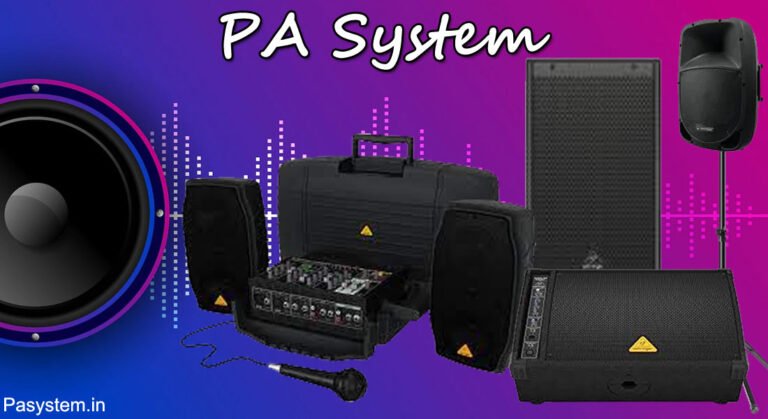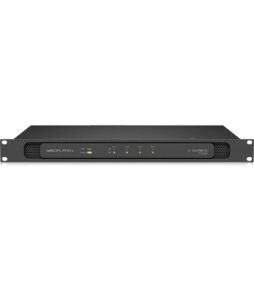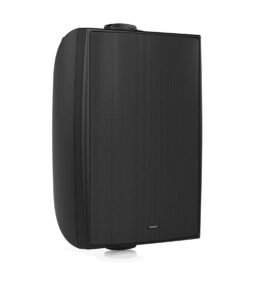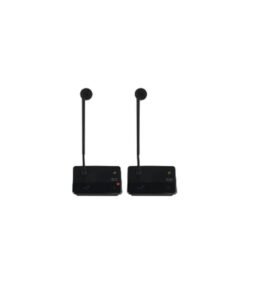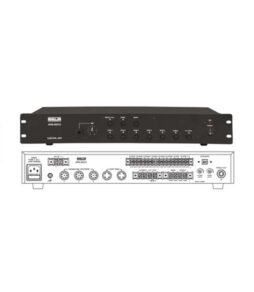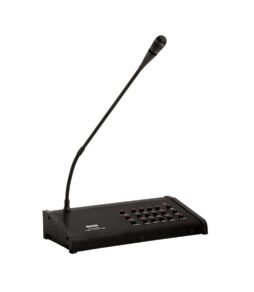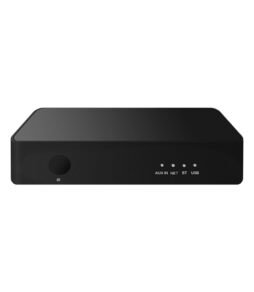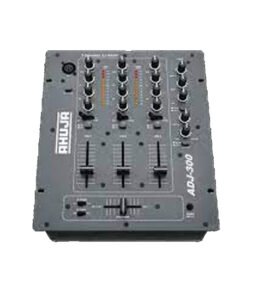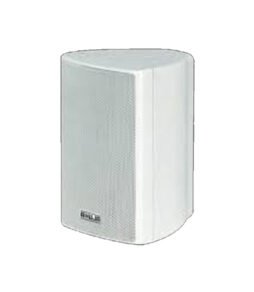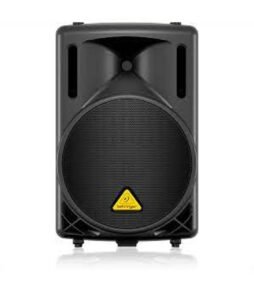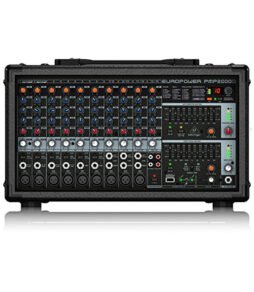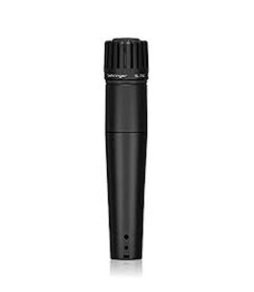It might be challenging to choose and set up a PA system for a live event. There are the stage-mounted microphones, the front-of-house mixing board, the power amplifiers, and the speakers. Everything must be precisely calibrated; otherwise, you run the danger of breaking down the technology or, worse yet, having to cancel the performance and give everyone their money back.
After considering all of this, choosing the correct PA is actually lot easier than it appears, and figuring out what is best for you begins with just a few questions. Whether you’re a musician looking to provide your own equipment for performances, an engineer wishing to rent and manage PA systems for events, or even a venue manager looking to enhance your setup, we can help.
Choosing the Best PA System
Let’s begin with the fundamentals. Each PA system consists of three parts:
- A transducer at the input (microphones or line-level output from an instrument)
- Amplifiers (both preamps in the console and power amps in the speakers) (both preamps in the console and power amps in the speakers)
- A transducer for output (speakers or headphones)
From a basic DJ setup with two turntables and a microphone to a full-fledged stadium spectacular with line arrays and time-aligned fill speakers, this can be accomplished.
You need to be aware of a few specifics in order to choose the ideal PA for your event. You don’t want to show up to a coffee shop without a line array speaker or, even worse, with a big truck full of them.
Larger venues undoubtedly need more powerful PA systems to fill them with sound, but how strong they need to be depends on four factors.
- How far is it to the rear of the room from the speakers?
The signal becomes quieter the farther away you are from the speakers. This probably won’t be a problem in smaller venues because the level differential from the stage to the back of the room won’t be very obvious. But as you enter larger places, the level drop is more noticeable. While every venue is unique, the following approximate measurements should give you a good idea of what to expect:
- Coffee shop, restaurant, bar: 5~10 m (16~32 ft)
- Club, auditorium, house of worship, small outdoor festival: 10~30 m (32~96 ft)
- Concert hall, stadium, arena, large outdoor festival: 30 m+ (96 ft+)
You can calculate the exact amount of signal loss you’ll experience in the rear of the arena after you know the distance between the loudspeaker and the farthest listener.
The SPL will drop by 6dB for every time your distance from the speakers is doubled. For instance, the signal will diminish as follows if you are standing 1 metre (about 3 feet) away from a speaker that is producing 110dB SPL:
- 1m (~3 ft): 110 dB SPL
- 2m (~6.5 ft): 104 dB SPL
- 4m (~13 ft): 98 dB SPL
- 8m (~26 ft): 92 dB SPL
- 16m (~52 ft): 86 dB SPL
- 32m (~105 ft): 80 dB SP
- 64m (~210 ft): 74 dB SPL
- 128 (~420 ft): 68 dB SPL
Therefore, folks in the rear can easily chat over the music even when those in the front row may be quite loud. When that happens, fill speakers—additional speakers placed in carefully chosen locations to maintain a constant SPL level across the venue—come into play.
- How loud should it be?
The common rule of thumb is that the music should be louder the heavier it is. Pop, hip-hop, and rock are often between 95 and 110 dB SPL, while genres like folk, jazz, and classical are typically between 80 and 95 dB SPL.
Selecting the right speakers for the gig depends on the required level (check local noise restrictions beforehand!). Find something that has a maximum SPL capability that can handle your needs!
*Author’s Note: Since loudspeakers are evaluated in anechoic chambers, room reflections are not taken into consideration in the technical specifications. When mixing inside, you’ll often see a 6dB SPL increase throughout the space, which is quite helpful when attempting to get a bit more volume from a PA that isn’t quite big enough.
- What is your speakers’ sensitivity rating?
A speaker’s listed sensitivity rating, which essentially gauges how well it transforms power amp wattage into SPL, is present on all speakers.
Due to their reduced sensitivity compared to larger PA speakers, smaller PA speakers perform less effectively. Sending a speaker 1 watt of power and measuring the SPL at a distance of 1 metre is how speaker sensitivity is determined. Professional PA speakers may deliver between 95 and 110 dB SPL/Watt/meter, which, depending on the speaker, translates to a single watt of power producing between 95 and 100 dB SPL.
You only need to answer one more question before choosing the appropriate power amps for the gig now that you are aware of the technical specifications of your PA speakers.
- How much headroom do your power amps require?
Transient peaks in live music can exceed typical levels by up to 25 dB, peaking power amps and causing distortion. There are two ways to approach this. 1. To stop signals from peaking above a given level, use a limiter on your master output. 2. Give your power amps enough headroom so that peak loads won’t cut them.
It’s much simpler to say than to do. You must double the wattage you are giving the speakers if you want to add 3 dB of headroom. For example, if a 1000 watt amp gives you 3 dB of headroom, you would need a 2000 watt amp to get 6 dB.
Even though more headroom is nearly always preferable, in most circumstances you can get by with as little as 3-6dB. To be safe, it might be prudent to include a limiter even so.
Calculations
After responding to all four gig-related questions, it’s time to calculate how much power you’ll require to fill the venue. Just use a calculator; after all, you’re an audio engineer, not a mathematician.
As you can see, electricity needs can rise dramatically very rapidly. Here is a list of quick links for popular shows:
- Coffee shop, restaurant, bar: ~250 W
- Small/medium club, auditorium, house of worship, outdoor festival: ~250-1500 W
- Medium/large club, auditorium, house of worship, outdoor festival: ~1500-3000 W
- Large concert hall, outdoor festival: 4000-15,000 W
- Stadium, arena: 15,000 W+
Speaker and Power Amp Pairing
The majority of big or permanent installations employ passive PA systems, which means the speakers need additional power amplifiers. This enables you to adjust the system and choose the ideal level of power for each venue. Look for the following information in your speaker’s tech specs to determine which power amps are best for your system:
- Nominal Impedance
- Continuous/RMS/Program Power Capacity
Impedance, which is expressed in Ohms, is a type of electrical resistance. The majority of power amplifiers and speakers are made to work at 4, 8, or 16 ohms. The tech specs contain this information.
You must make sure that the impedance ratings of your power amps and speakers are compatible. The amp will send more power to the speaker than it can handle if the impedance of your speakers is too low, which could harm your equipment. Your system will sound underpowered if your speakers have an impedance that is too high for the amplifier to handle.
The amount of wattage that a speaker can continually handle is effectively measured by its power capacity. This figure should not be confused with Peak Power Capacity, a measurement of the maximum power a speaker is capable of handling at any given time. A speaker will quickly get damaged if you try to feed it with peak power wattage on a constant basis
From Where You Can Buy Public Addressing System
Pasystem.in is the top Public Addressing System Provider in Delhi, which offers comprehensive PA solutions to institutions and business organizations and helps improve them in their day-to-day operations..

 Free Shipping
Free Shipping Need Help?
Need Help?
